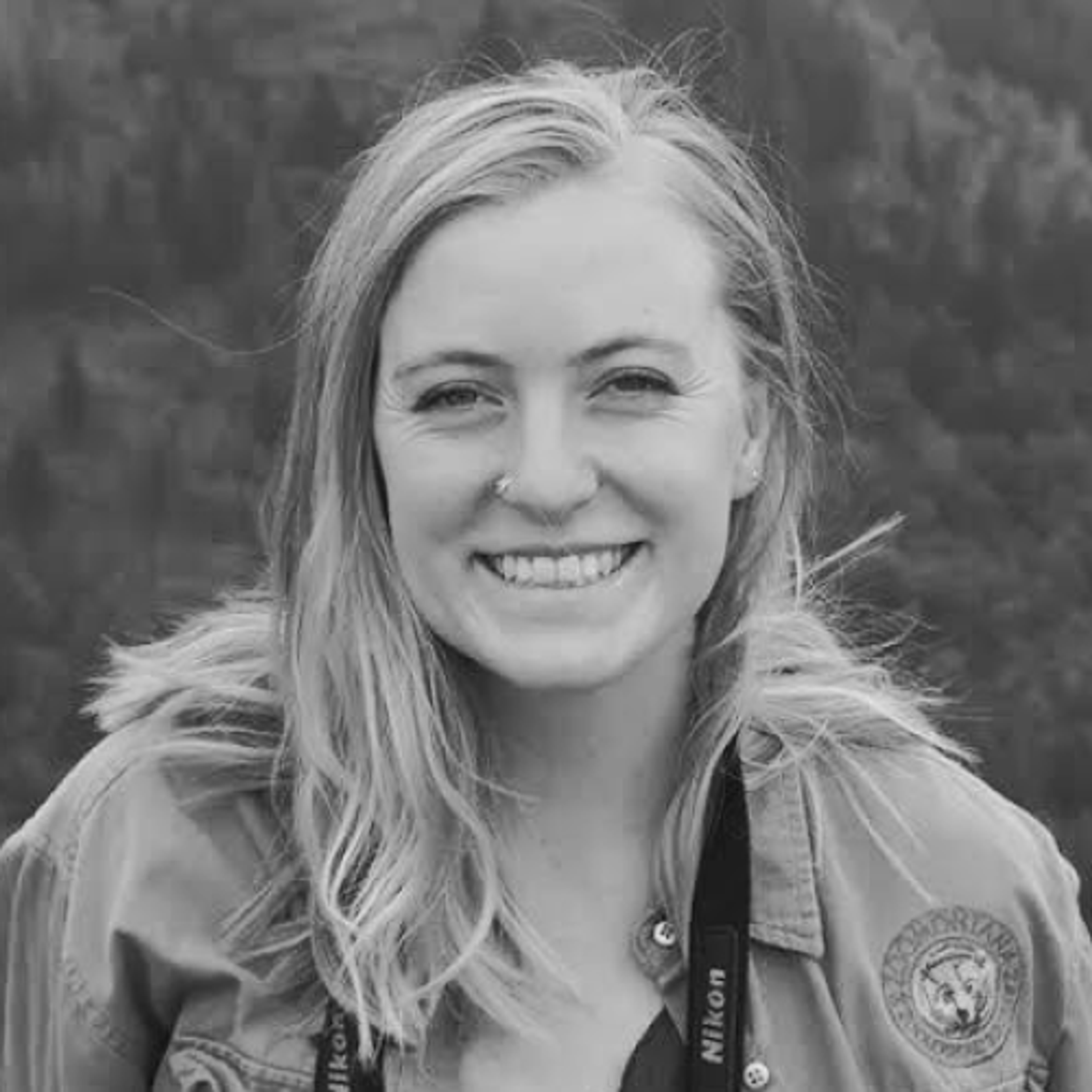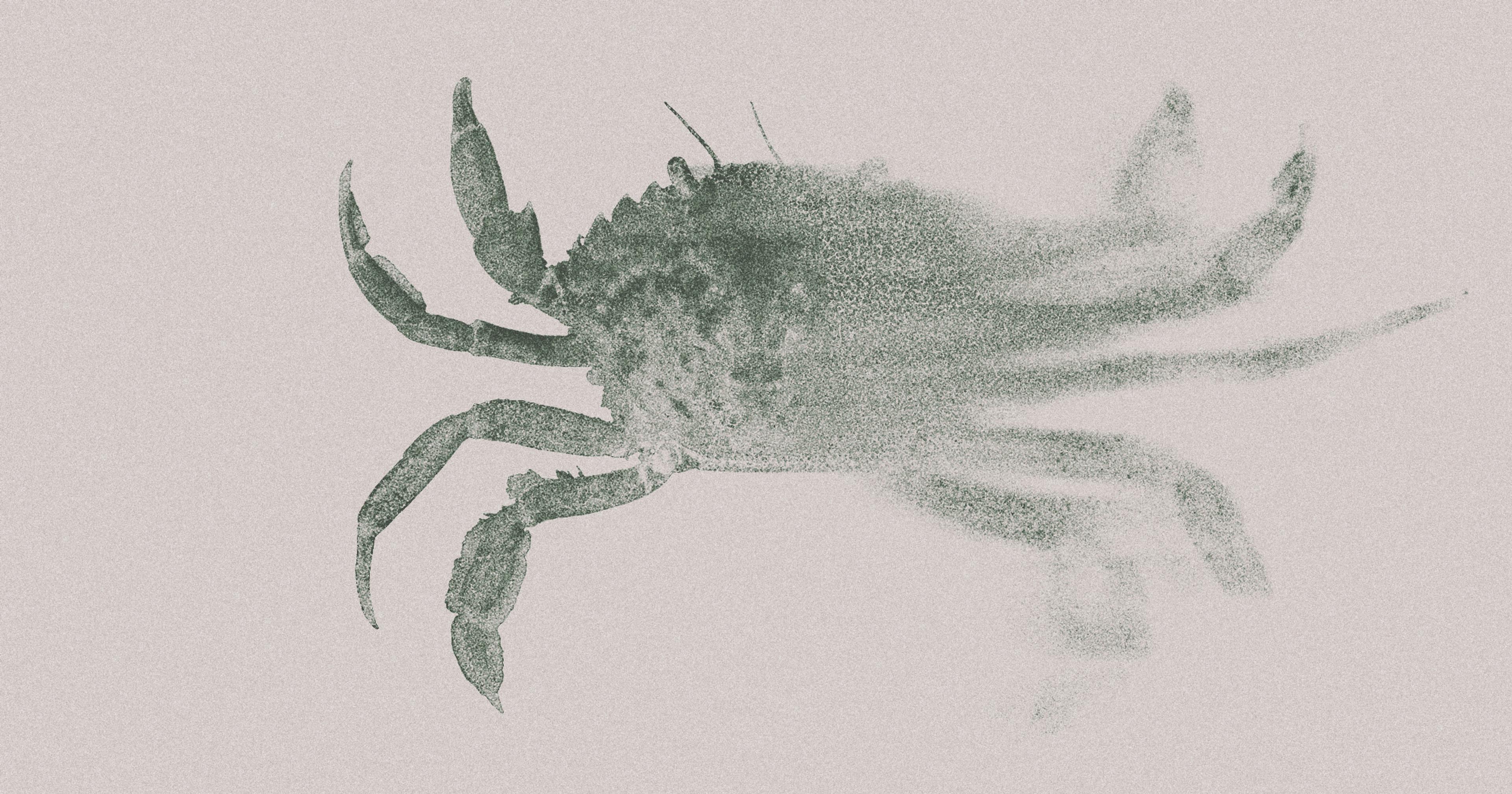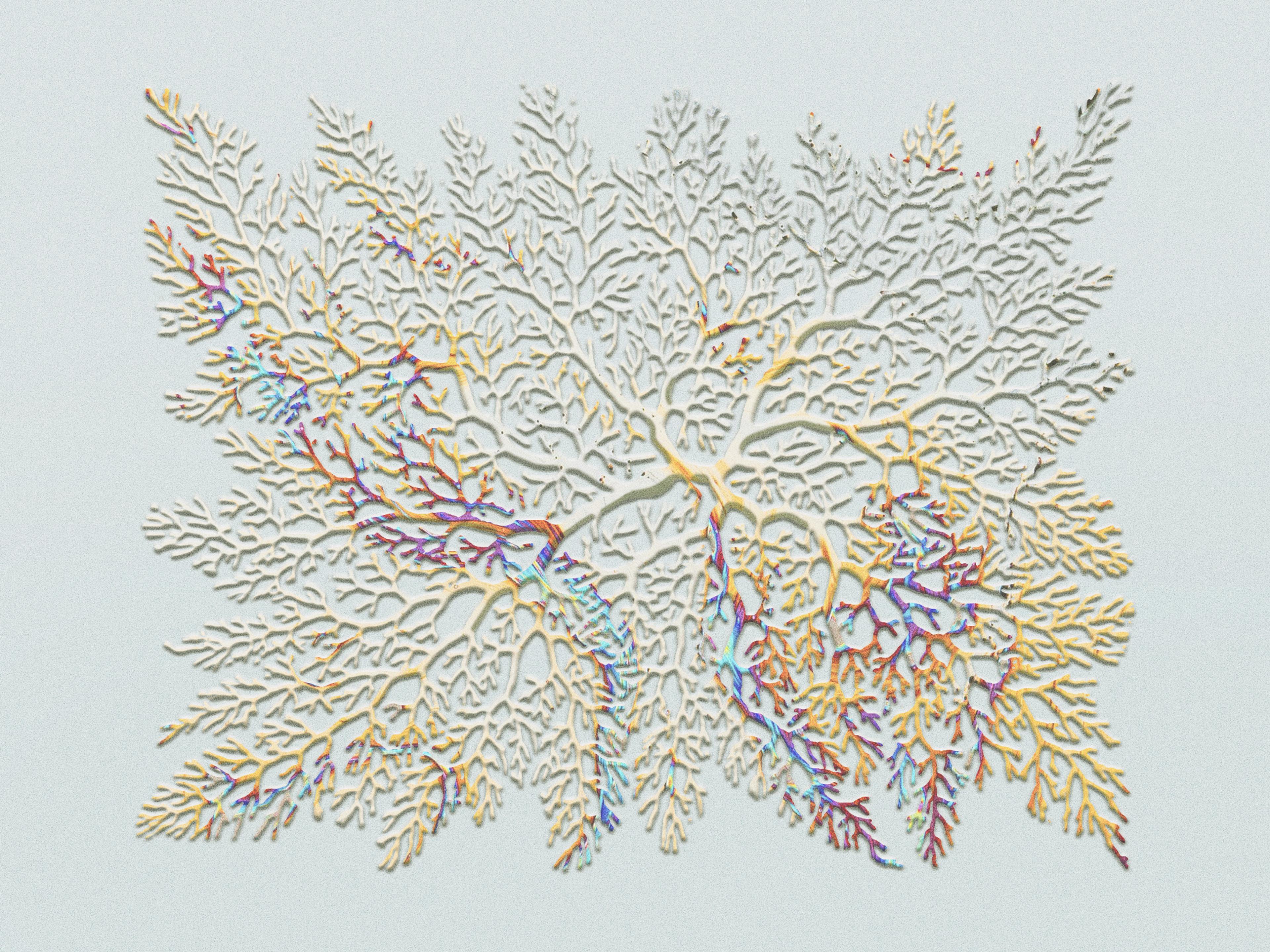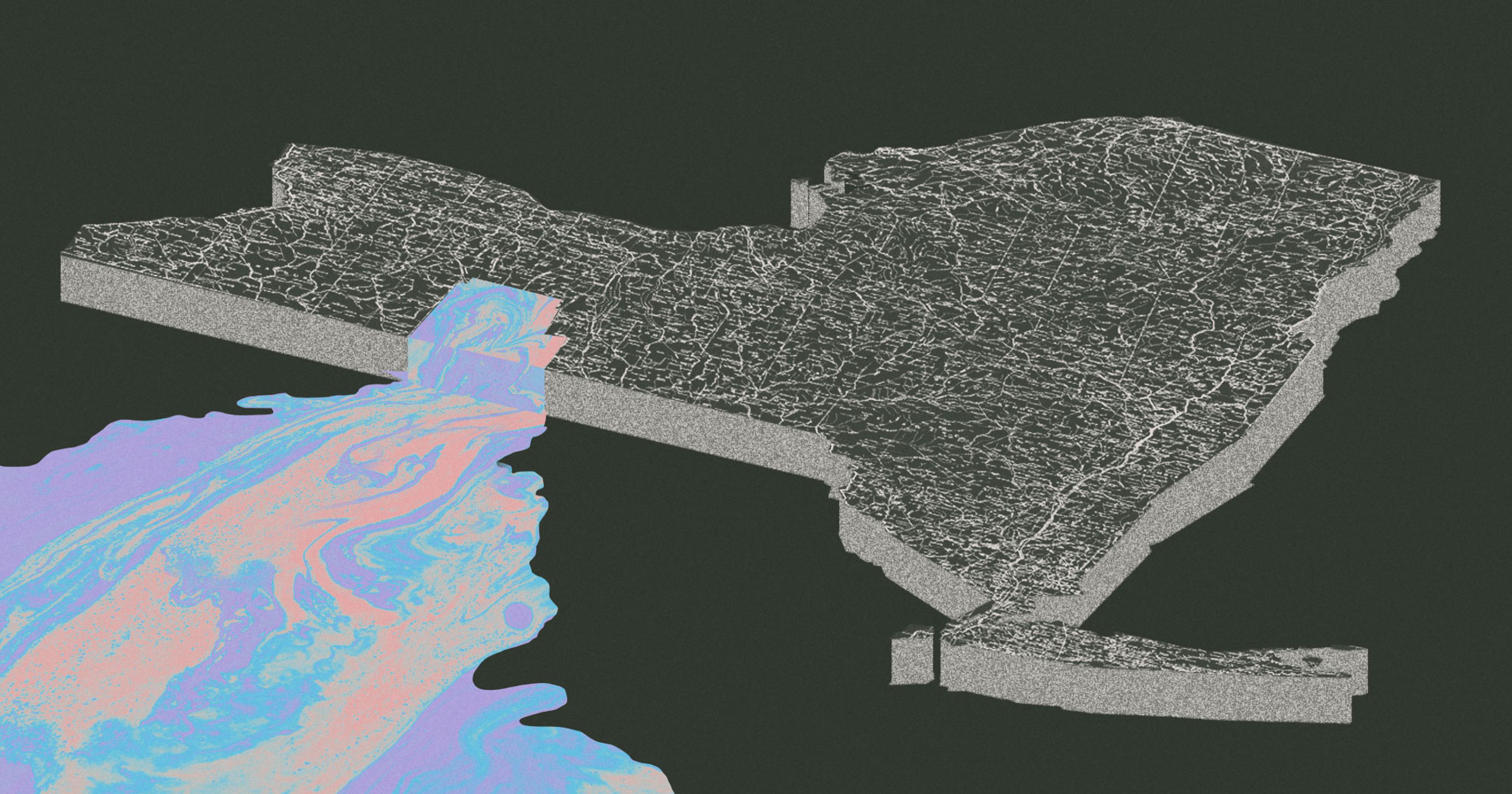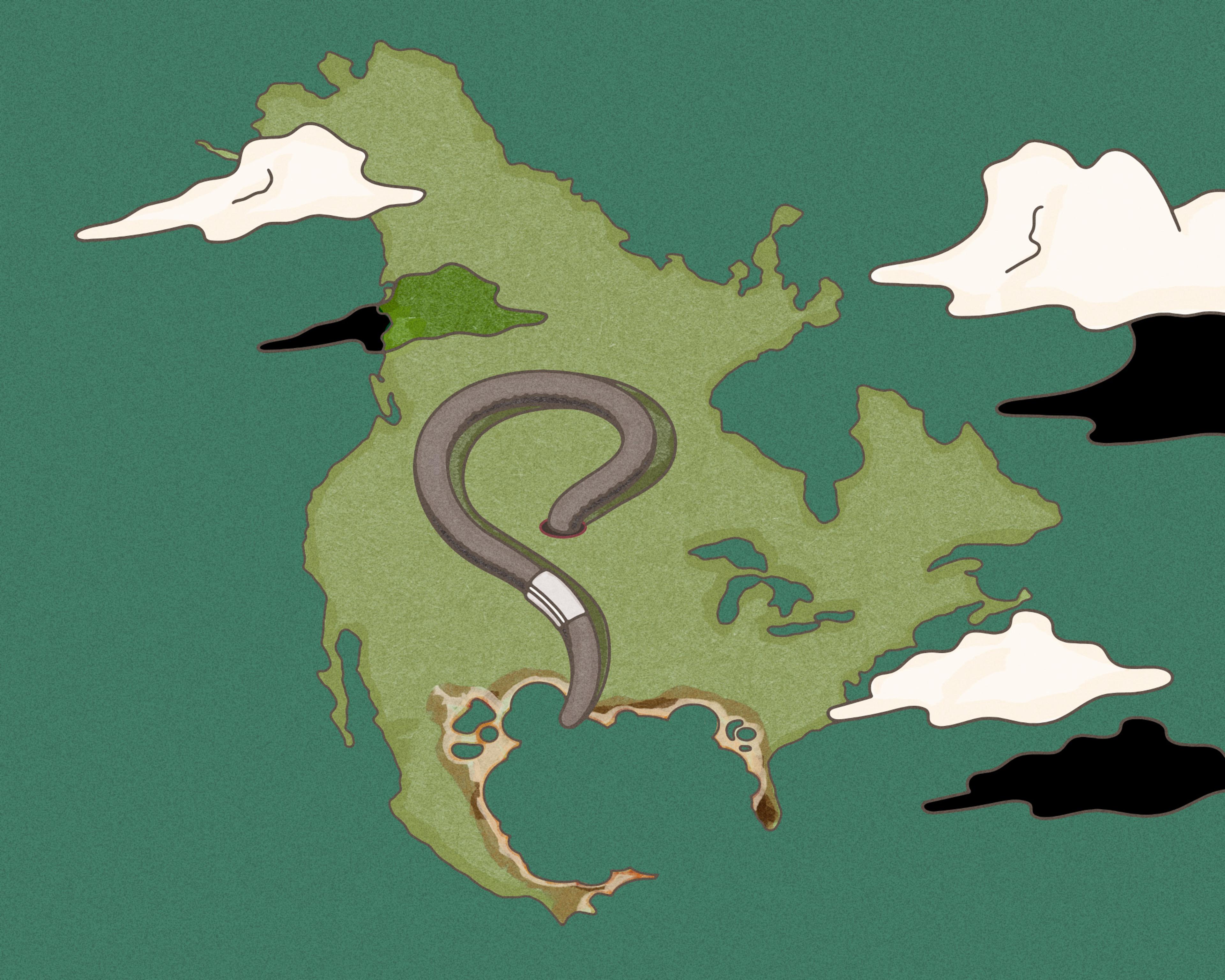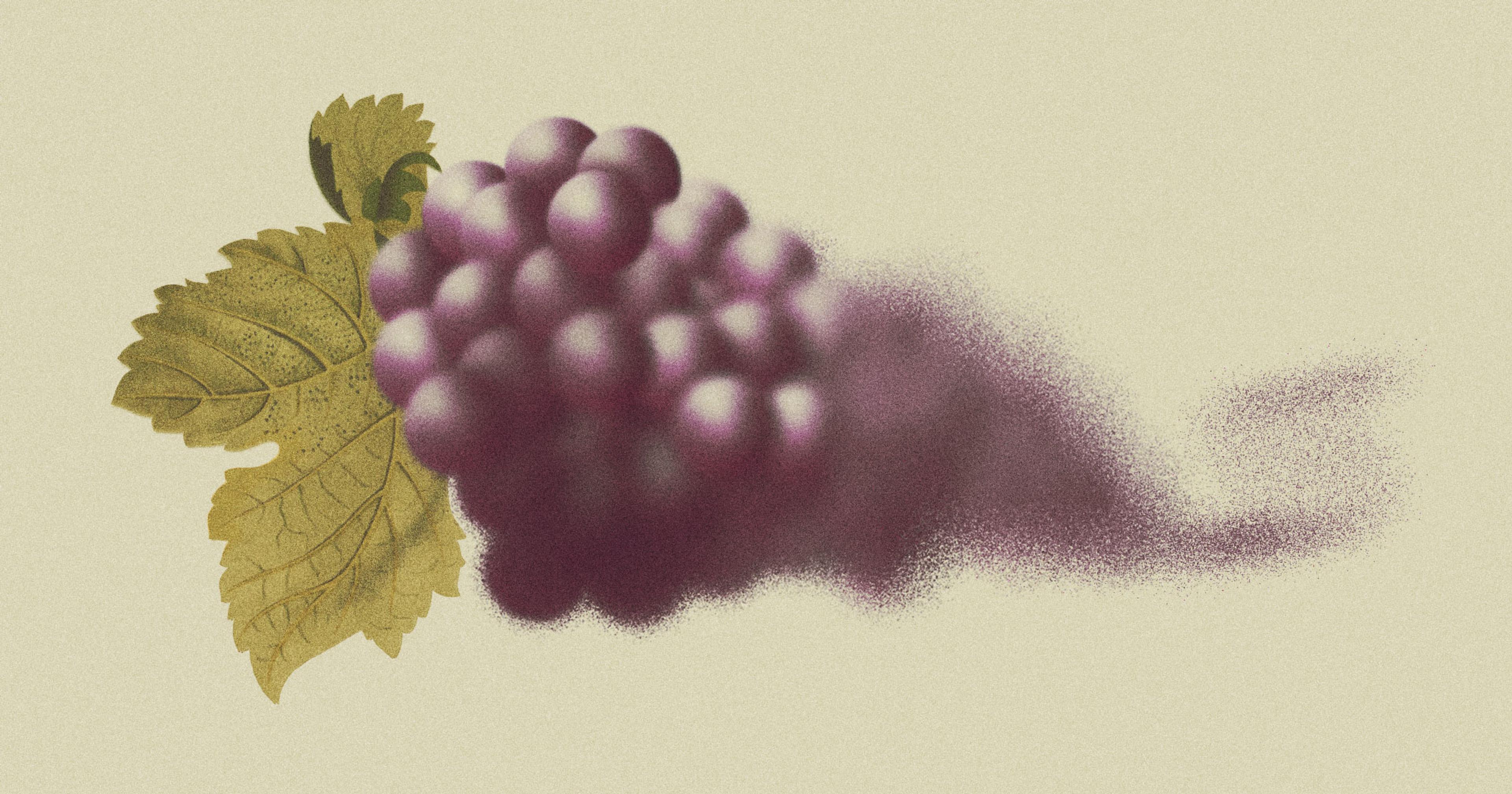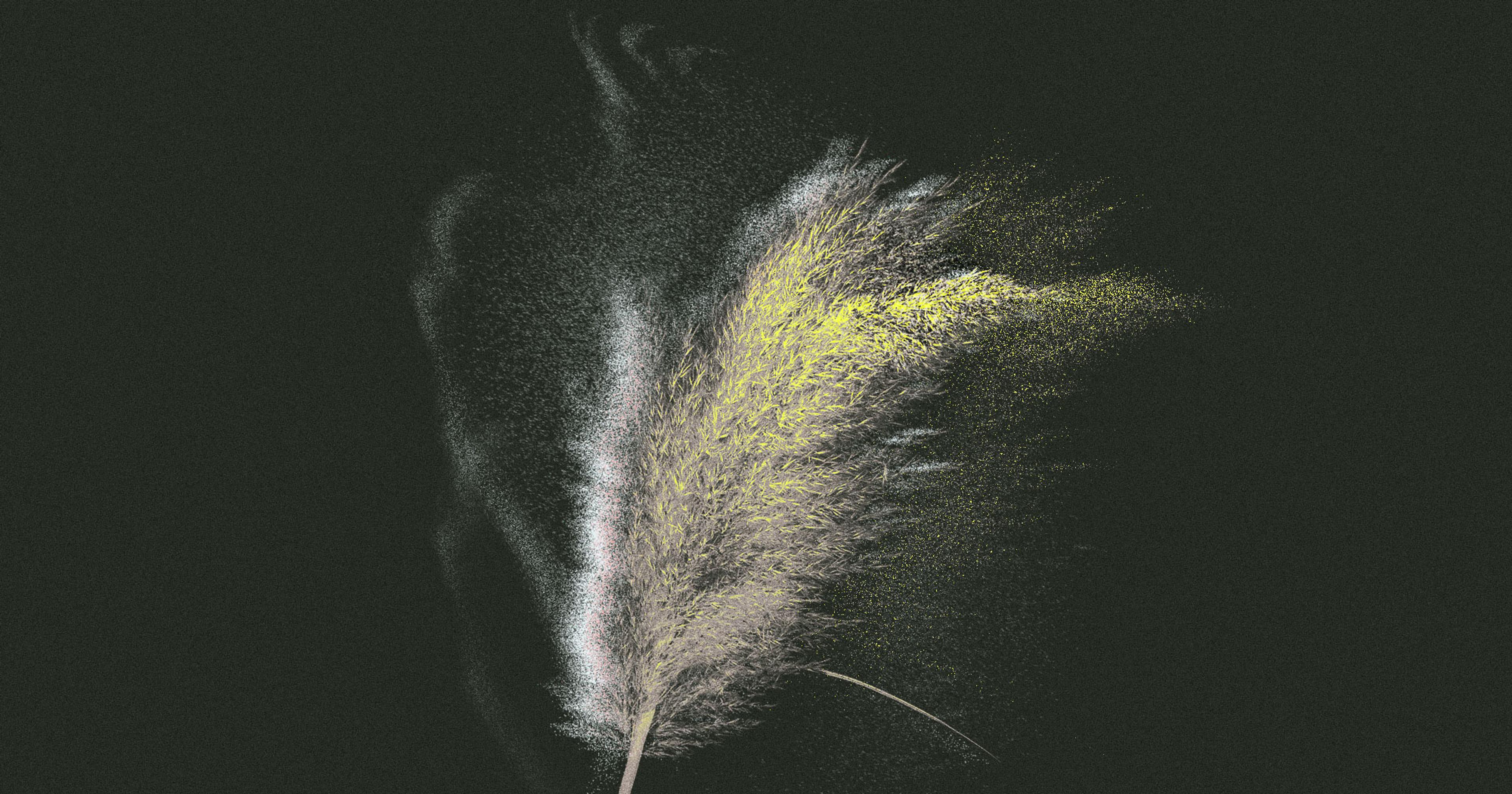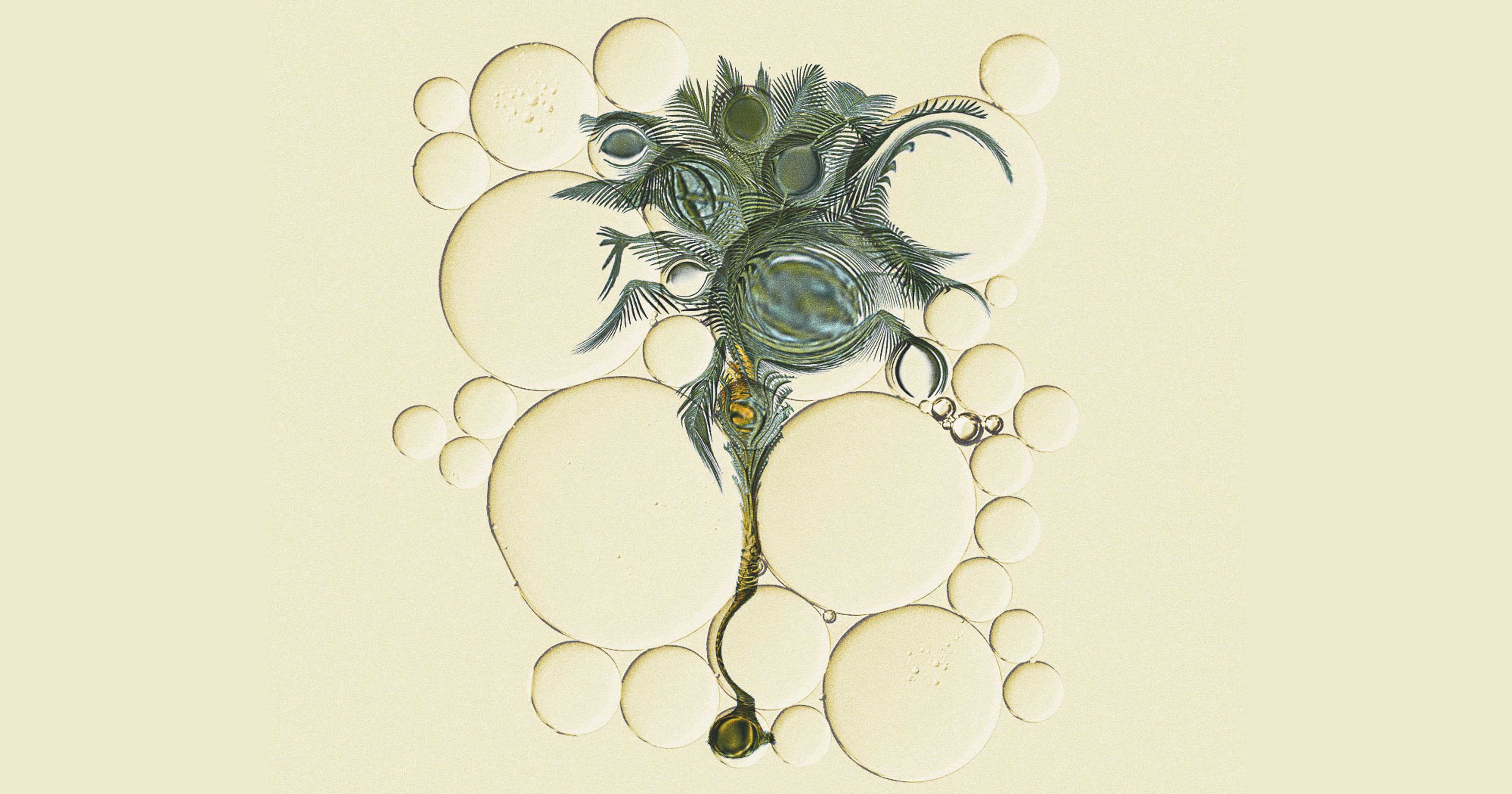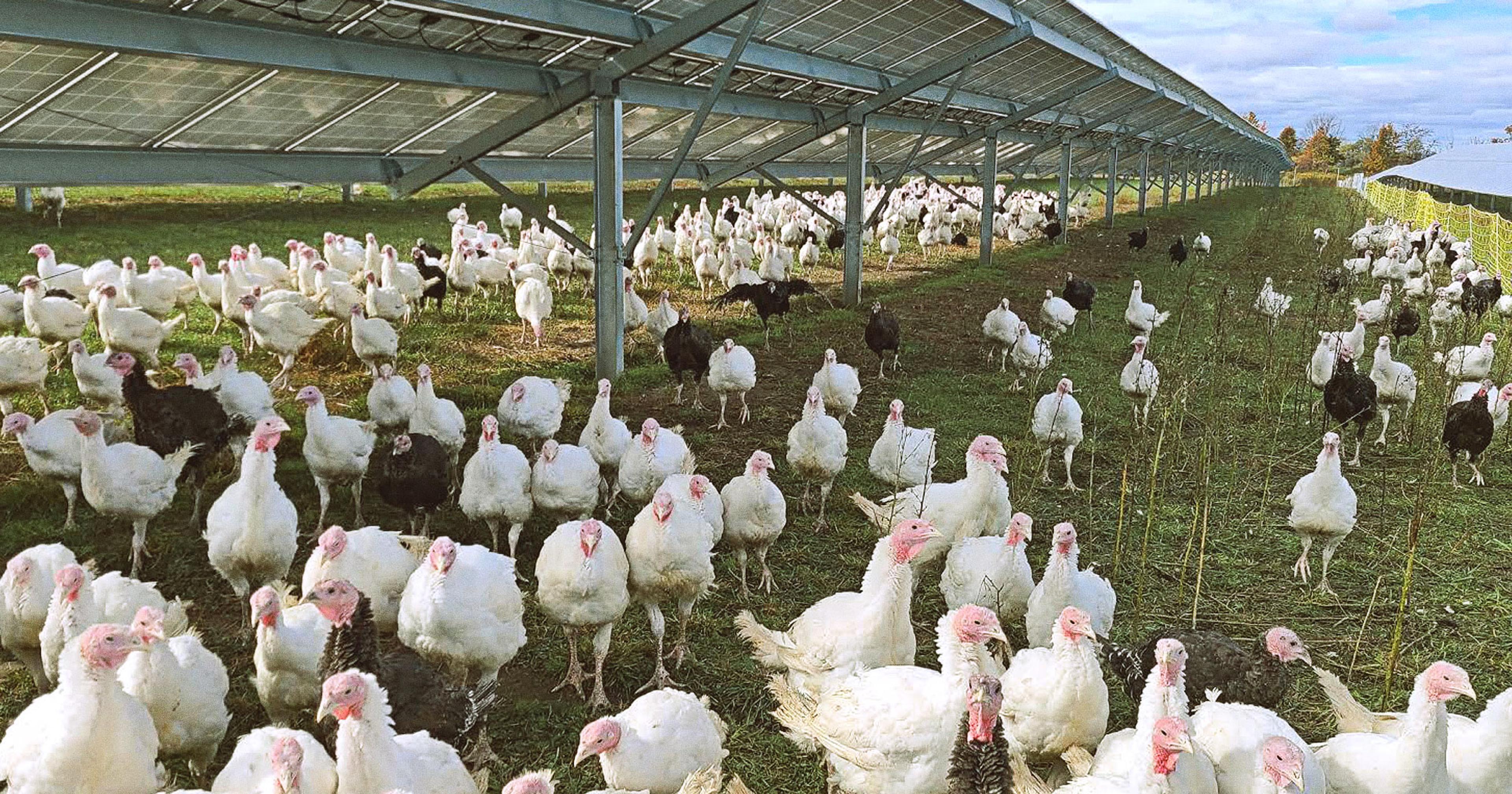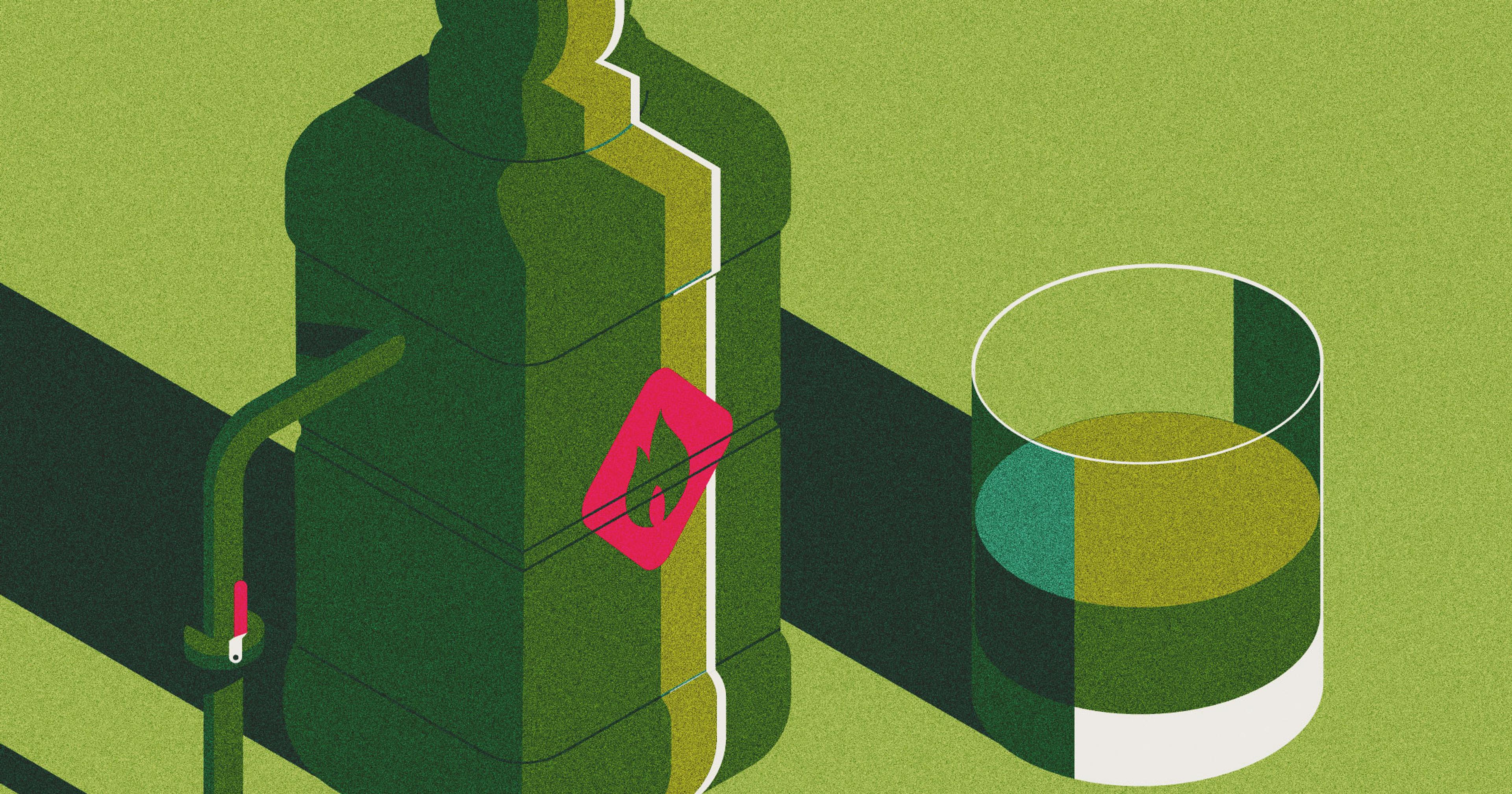A tribe in rural southwest Washington is turning their invasive green crab problem into a commercial composting opportunity.
On a two-acre community garden in the small coastal town of Tokeland, Washington, amongst beds of leafy greens and nettle and blueberries and bog Labrador tea, is a pile of dead crabs.
The crab bodies are mixed with bark chips and ground up in the garden’s wood chipper. They’re being used to make compost to amend the garden’s otherwise sandy soil with calcium and magnesium. It’s a project of the Shoalwater Bay Indian Tribe, whose reservation is on the northern shore of the long, partially enclosed Willapa Bay, a complex coastal estuary fed by numerous rivers and streams and draining into the Pacific Ocean.
The goal of the composting project is to make something productive out of the destructive: in this case, the European green crab, an invasive species native to coastal Europe and northern Africa whose population has exploded in Willapa Bay.
“We’re working on making a circular economy [out of the crabs],” said Larissa Pfleeger-Ritzman, director of the Tribe’s natural resources department, which manages the community garden.
The European green crab first made its way across the pond to the eastern United States in the 1800s via ballast water — ocean water brought onto a ship to weigh down the hull, making the ship more stable. Once docked, ships would release the ballast water into the ocean, introducing organisms from thousands of miles away to new environments.
In 1989, the first green crab on the West Coast was found in San Francisco. Nine years later, one was found in Washington state. But not until 2018 did the crab become a serious problem in the Northwest.
“We kind of reached a tipping point where action needed to be taken to protect uninfested areas … and avoid some potentially massive economic consequences,” said Justin Bush, Washington Department of Fish and Wildlife’s green crab emergency incident commander.
The crabs live in shallow waters and prey on smaller shore crabs, clams, and oysters. Willapa Bay produces an estimated 10 to 20% of all the country’s oysters, which is why the green crab’s presence there is of particular concern to the bay’s 30-some oyster companies.
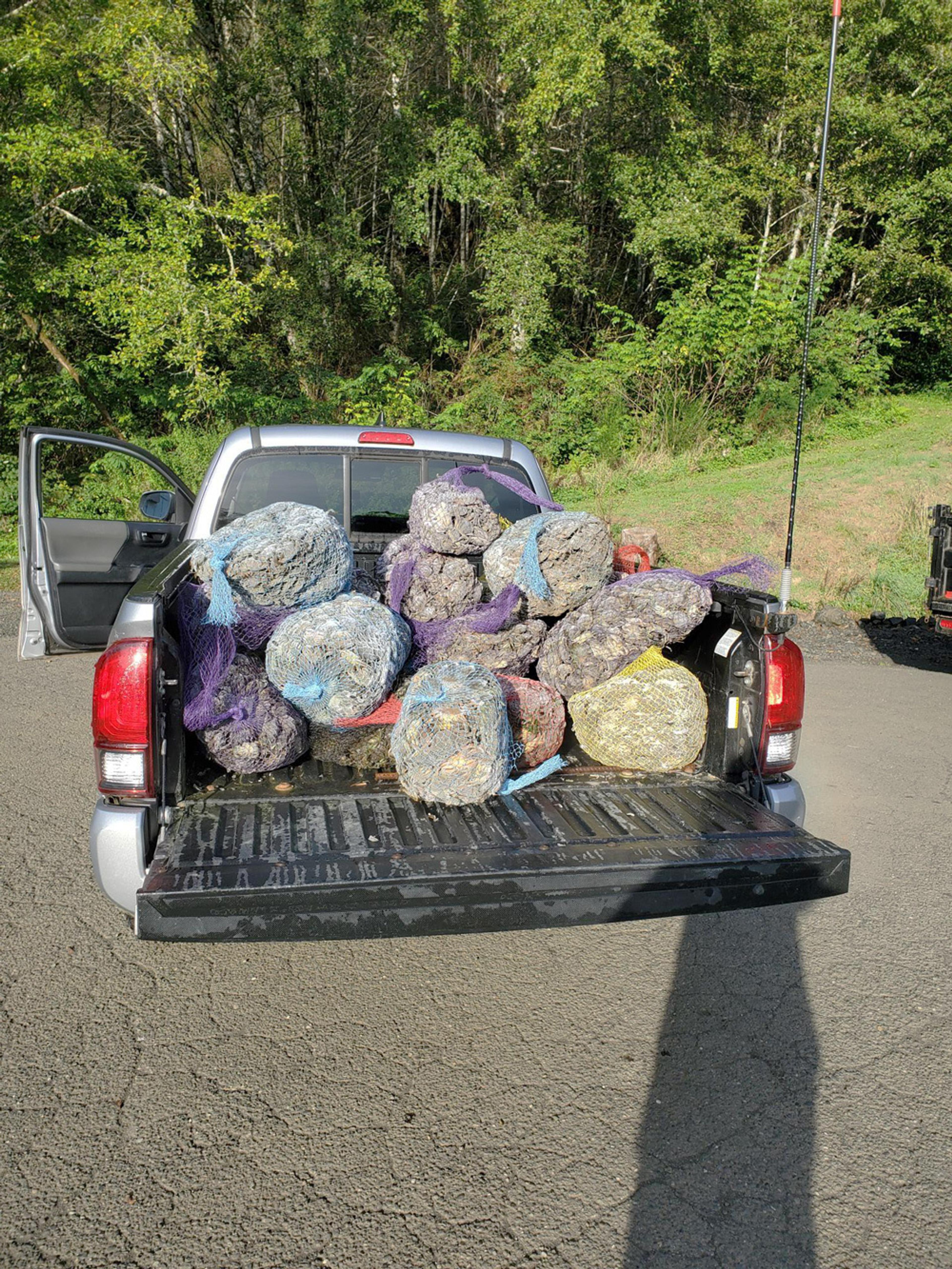
Crab carcasses en route to the chipper
·Travis Torset
Last year, employees of the Shoalwater Bay Indian Tribe’s natural resource department trapped 117,000 green crabs in Willapa Bay, the most they’d seen since starting removal efforts in 2018. The Tribe is just one of several entities who, in partnership with the Washington Department of Fish and Wildlife, are removing green crabs from the bay.
“The numbers have just kind of gone on this upward trajectory,” Pfleeger-Ritzman said.
The crab repopulates more successfully during El Niño years when waters are warmer. As climate change has increased ocean temperatures, scientists theorize there could be a correlation between the heat and the crab’s increasing population because of the timing of their Washington coast invasion.
That’s because of the lag phase, the period of time between when an invasive species is first detected in a new ecosystem and when it proliferates throughout that ecosystem. “Sometimes populations will fail,” Bush said. “Other times, conditions aren’t right, but a small number persists for a year or two.”
When conditions become favorable enough for a species to thrive, their population can reach a threshold where they grow exponentially in number. That appears to be what happened to the green crab in Washington in 2018.
“That lag phase could be due to climate change and rising ocean temperatures,” Bush said. Just last summer, the ocean directly off Tokeland was 1.4 degrees Fahrenheit warmer than it would have been without climate change, according to analysis from Climate Central. Those warmer waters could have helped the green crab proliferate.
Disposal Closer to Home
The green crabs are baited and trapped in circular crab pots left in the bay. Employees of the Shoalwater Bay Indian Tribe check on the traps a couple times a week and haul captured green crabs to Tokeland to freeze them in refrigerators (this is the most humane way to kill the crabs, according to the Washington Department of Fish and Wildlife).
When the Tribe started trapping the crabs, they would bag them up and drive them to the nearest landfill 20 miles away in Raymond, Washington. But the sheer volume of crabs and the number of trips it took to dispose of them soon made it clear that they’d need to consider options for disposal closer to home.
The Tribe first considered using the crab as a food source. While there are a few examples on the East Coast of using the green crab in niche food markets — a distillery in New Hampshire is making whiskey out of the crustacean, for example — they soon discovered the crab doesn’t have enough meat, nor is it tasty enough, to make a good meal.
With that option ruled out, the Tribe turned to their community garden for answers. Travis Torset, agricultural specialist in the Tribe’s department of natural resources, experimented by spreading their whole bodies on top of the soil to see what changes he could observe in the garden.
“He wasn’t satisfied with that,” said Kristine Torset, Travis’ wife and the Tribe’s heritage and cultural specialist. “I think it just wasn’t amending the soil in a way that he appreciated.”
That’s when Travis got the wood chipper involved, grinding the crabs into smaller pieces so they could break down more quickly. Soon, the garden took off: in October and November of 2024, they distributed 700 pounds of free fruits, vegetables, and eggs to 35 tribal households, consisting mainly of elders and a few families with young children.
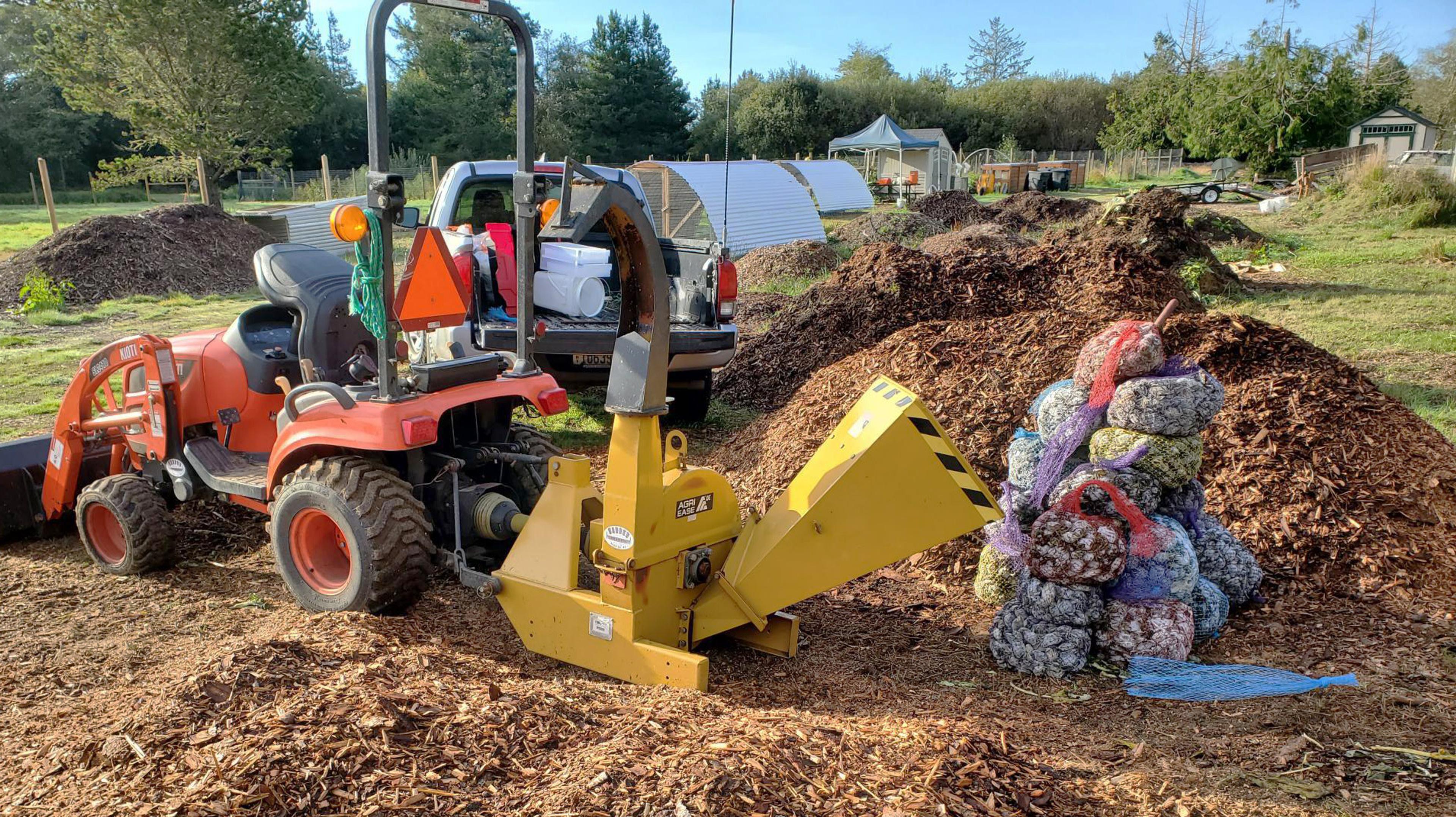
Crabs go in, soil amendments come out
·Travis Torset
“That’s helped empower our tribal members with self-determination,” Torset said. “Being able to choose what fruits and vegetables they and their family want to eat and not just be dependent on what they can afford, helps them expand their taste buds a little bit.”
The Tribe is hoping to increase the amount of food they can produce. Last year their natural resource department was awarded a $900,000 grant, distributed over three years, from the Environmental Protection Agency’s Solid Waste Infrastructure for Recycling Grant Program. With it, they plan to build a larger composting facility next to the community garden where they can compost not just green crabs but all sorts of food waste from the 150 residents in Tokeland and the nearby town of North Cove.
Eventually, they’re considering selling the compost to generate some money for the community. “It’s making a business for the Tribe in an area where there’s no business like that,” Pfleeger-Ritzman said.
Developing this project aligns with the Tribe’s larger sovereignty goals, which include being self-sufficient enough to feed themselves in a rural area with limited access to fresh produce. It could also help the Tribe generate a source of income, all while being good stewards of the land they call home.
“We’re a tiny Tribe,” Torset said. “How can we thrive without making too much of an impact on the environment around us?”
